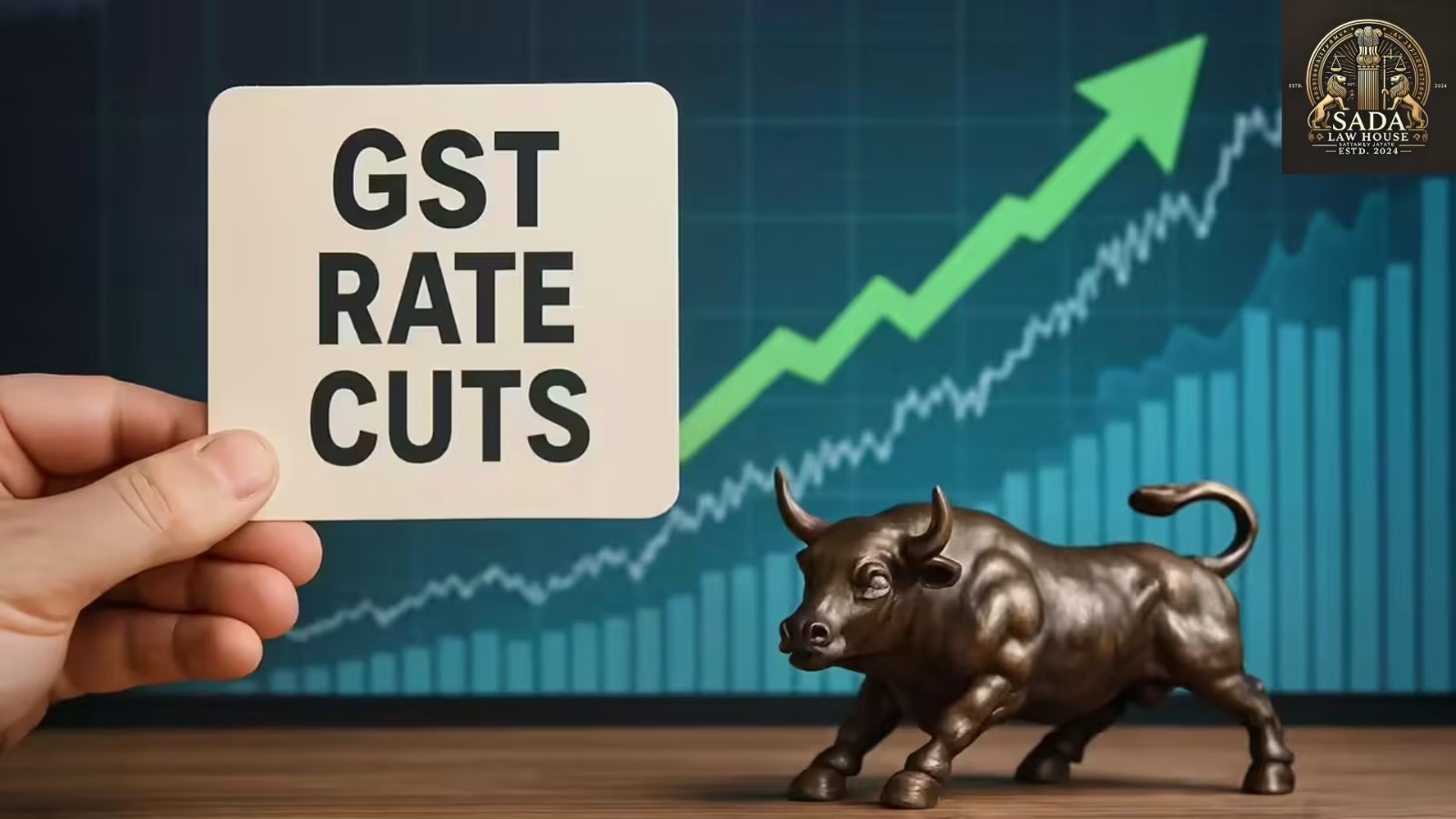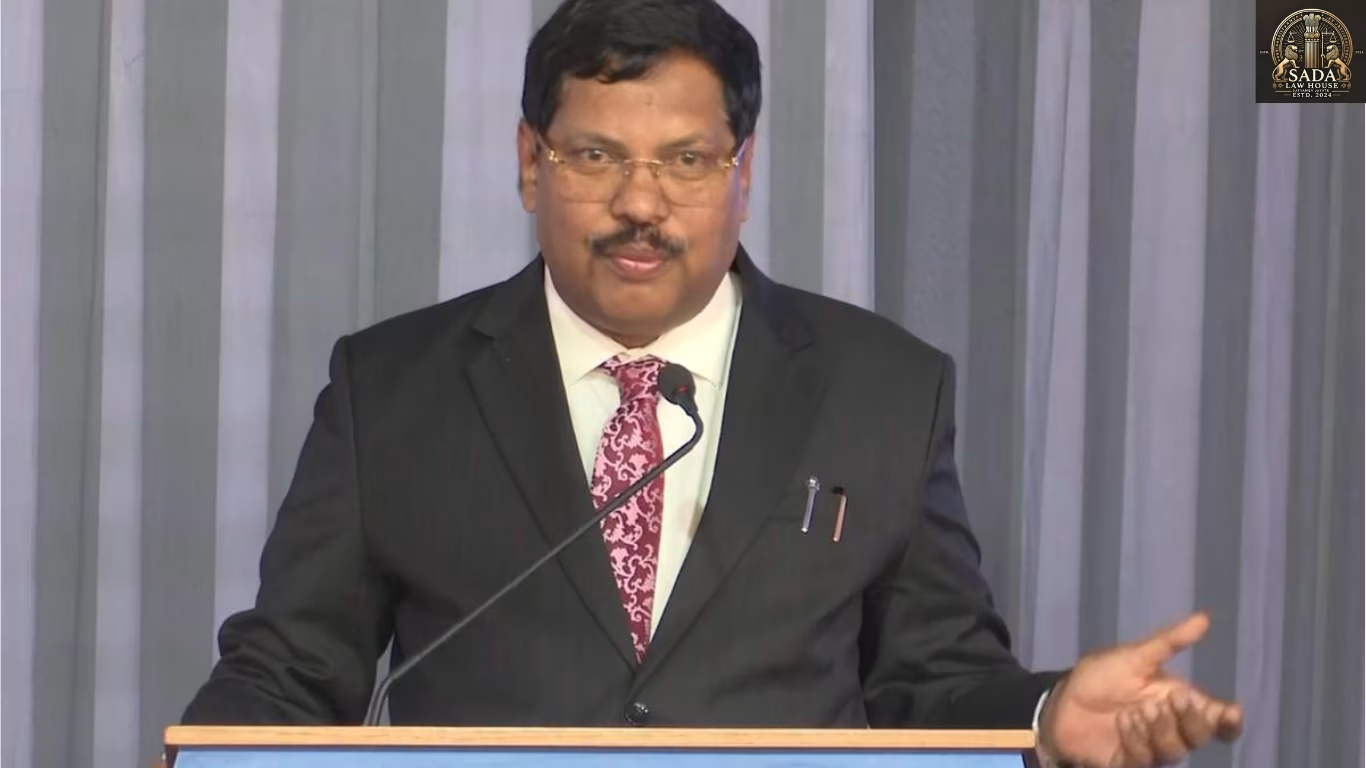How GST Rate Cuts Could Fuel India’s Growth Engine
- Shivani Garg
- 07 September 2025

Immediate Impact: Consumption, Prices, and Consumer Sentiment
The government’s GST rationalization program—streamlining rates into two slabs (5% and 18%), while keeping a higher 40% for sin and luxury goods—has triggered widespread optimism across the economy.
Everyday essentials such as soaps, packaged foods, electronics, small cars, and household appliances will see price drops of up to 10%, according to FMCG leaders.
With consumption making up over 60% of GDP, the timing—just ahead of the festive and wedding season—is expected to deliver a substantial demand boost.
Citigroup estimates a 0.7–0.8% GDP stimulus from enhanced consumption, while Crisil projects 6–7% revenue growth for India Inc this fiscal, particularly in FMCG, automobiles, and consumer durables.
Broader Economic Impetus: Investment, Jobs, and Sectoral Gains
Lower GST rates are designed not only to reduce consumer costs but also to unlock sectoral growth.
Agriculture (machinery, fertilizers), construction (cement, marble), and services (hotels, gyms, insurance) are expected to benefit through reduced input costs.
Analysts anticipate a revival of housing demand, rural infrastructure development, and MSME growth.
Industry leaders like Sanjiv Bajaj hailed the reforms as the most significant since GST’s rollout in 2017, predicting stronger consumer demand, lending activity, and small-business expansion.
Union Minister Ashwini Vaishnaw forecast a 10% rise in consumption, sparking a virtuous cycle of demand and investment.
Fiscal Balance and External Headwinds: Sustainability & Risk Mitigation
While the government will forgo an estimated ₹48,000 crore in tax revenue, it is betting on:
Tax buoyancy through higher consumption,
Improved compliance, and
Broader collections to offset losses.
Crucially, the rate cuts arrive as a buffer against external risks, particularly the 50% U.S. tariffs on Indian exports. Economists suggest GST-driven domestic demand could:
Add 30–90 basis points to GDP,
Ease short-term inflation, and
Further formalize the economy.
Still, exports remain under pressure. Finance Minister Nirmala Sitharaman and the RBI have signaled caution, noting that the GST overhaul wasn’t tailored for export setbacks but can help cushion their impact.
Conclusion
The GST rationalization marks a pivotal policy shift with potential to stimulate demand, attract fresh investment, and strengthen domestic resilience against global trade shocks. Its success, however, hinges on whether buoyant revenues can fully offset fiscal losses and whether external headwinds limit its impact.






